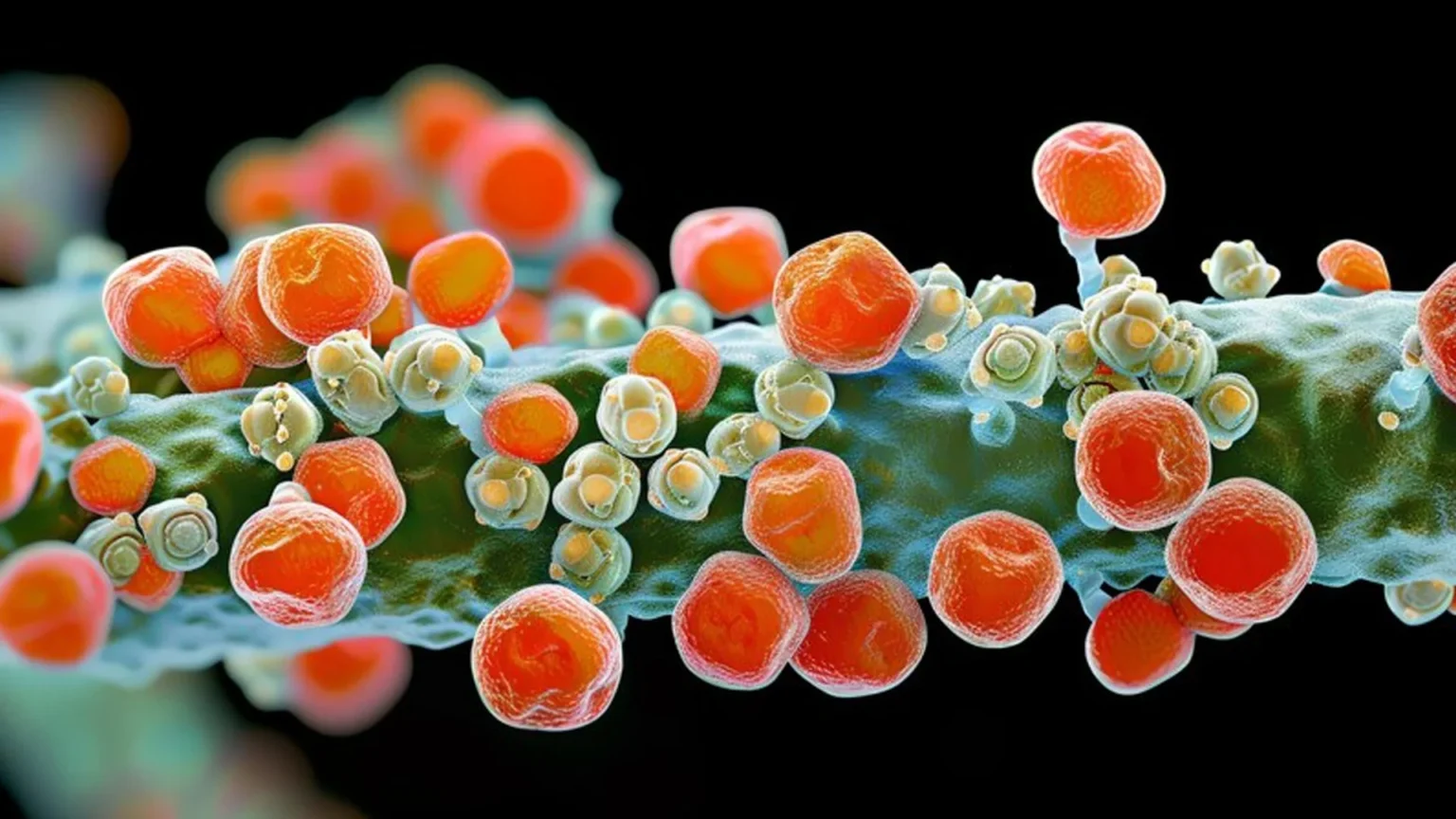Mikoplazmos represent a fascinating and complex group of microorganisms with significant implications across medicine, agriculture, and environmental science. These unique bacteria lack a cell wall, setting them apart from other bacteria and allowing them to adapt to diverse environments. In this article, we explore what mycoplasmas are, their characteristics, their effects on human health and agriculture, and the ongoing research surrounding them.
What Are Mikoplazmos?
Mikoplazmos are a class of bacteria recognized for their simplicity and absence of a rigid cell wall. This feature gives them the flexibility to adopt various shapes and sizes, often complicating identification. Classified under the class Mollicutes, mycoplasmas include species that inhabit humans, animals, and plants.
Characteristics of Mikoplazmos
- Cell Structure: Unlike conventional bacteria, mycoplasmas have a minimalist structure, including a plasma membrane but no cell wall. This makes them resistant to antibiotics that target cell walls.
- Size: Mycoplasmas are among the smallest self-replicating organisms, measuring between 0.2 to 0.3 micrometers in diameter.
- Metabolic Versatility: These organisms have diverse metabolic capabilities, allowing them to survive in various environments. Some species are pathogenic, while others are benign.
- Reproduction: Mycoplasmas reproduce through binary fission, although their growth is often slow and requires specialized culture conditions.
Impact on Human Health
Human Pathogens
Certain species of mycoplasmas are linked to various human diseases, including:
- Mycoplasma pneumoniae: A common cause of atypical pneumonia, especially in children and young adults, causing respiratory issues with a gradual onset.
- Mycoplasma genitalium: Associated with sexually transmitted infections, linked to urethritis in men and pelvic inflammatory disease in women.
- Mycoplasma hominis: Found in the human urogenital tract, it can contribute to reproductive health issues, such as bacterial vaginosis.
Challenges in Diagnosis and Treatment
Diagnosing mycoplasma infections can be difficult due to subtle symptoms and their resistance to typical bacterial treatments. Conventional cultures often fail to grow these organisms, requiring specialized laboratory techniques. Additionally, mycoplasmas are resistant to antibiotics that target cell wall synthesis.
Role of Mikoplazmos in Agriculture
Plant Pathogens
Mycoplasmas also impact agriculture, where some species cause plant diseases that lead to significant economic losses. Examples include:
- Citrus Huanglongbing (HLB): Mycoplasmas are associated with this devastating disease in citrus plants, leading to widespread orchard decline.
- Corn Stunt Disease: Mycoplasmas infect maize, causing stunted growth and reduced crop yields.
Implications for Crop Management
The presence of mycoplasmas in agriculture highlights the need for integrated pest management strategies. Farmers are encouraged to monitor crops and implement biosecurity measures to prevent the spread of these pathogens.
Environmental Impact of Mycoplasmas
Role in Ecosystems
Mycoplasmas also have ecological importance. Their presence in soil can affect microbial communities and nutrient cycling, influencing plant health.
Bioremediation Potential
Research is ongoing into the potential of mycoplasmas for bioremediation, where they may be used to break down pollutants or improve soil health, making them candidates for environmental restoration projects.
Current Research and Future Directions
Advances in Genomic Studies
Recent advancements in genomic technologies are improving our understanding of mycoplasmas. Researchers are sequencing their genomes to uncover metabolic pathways, pathogenic mechanisms, and their roles in ecosystems.
Development of Targeted Therapies
The rise of antibiotic resistance has led to a focus on developing new therapies for mycoplasma infections. Research is exploring targeted treatments and vaccines to combat these pathogens.
Agricultural Biotechnology
In agriculture, biotechnological approaches are being explored to create resistant crop varieties that can withstand mycoplasma infections, a critical area of research for food security.
Conclusion
Understanding Mikoplazmos is essential for grasping their diverse roles in human health, agriculture, and the environment. As research continues to unveil the complexities of these microorganisms, staying informed about their impacts and implications is crucial. Whether through medical advancements or agricultural innovations, addressing the challenges posed by mycoplasmas will be key to future progress.
FAQs
- What are Mikoplazmos?
Mikoplazmos are a group of bacteria that lack a cell wall, found in humans, animals, and plants, with pathogenic and non-pathogenic species. - How do Mikoplazmos affect human health?
Some species cause diseases like atypical pneumonia and sexually transmitted infections, especially affecting vulnerable populations. - Are Mycoplasmas a concern in agriculture?
Yes, certain species cause plant diseases, leading to significant agricultural losses. - Why are Mycoplasmas difficult to diagnose?
Their subtle symptoms and resistance to conventional culturing methods make diagnosis challenging, requiring specialized diagnostic techniques. - What research is being done on Mycoplasmas?
Research focuses on genomic studies, targeted therapies, and biotechnological solutions for combating mycoplasma-related diseases in humans and crops.










